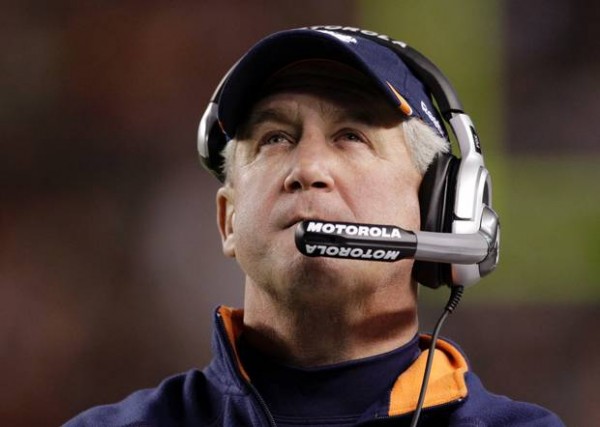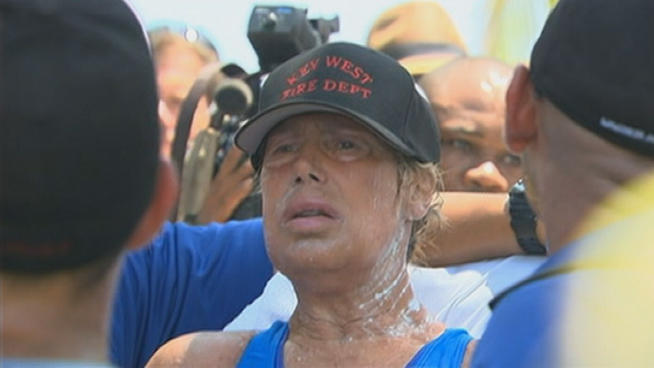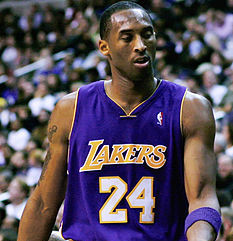Red Sox Pitcher Jon Lester Injured by Hit Ball

Red Sox pitcher Jon Lester was not having a good night. He had already allowed eight hits, five runs, and walked three and it was only the 3rd inning. So it was like adding salt to a wound when a line drive off the bat of Yankee Melky Cabrera hit Lester just above the right knee and he fell to the mound and stayed there. Assisted off the field by trainer Paul Lessard, the star pitcher had “Red Sox Nation” holding their collective breaths. Fortunately, x-rays taken at Yankee Stadium did not show any fracture, and the diagnosis was a contusion of the right quadriceps muscle. According to Lester: “When you get hit like that, with the pain and everything, you’re hoping that it’s not a serious injury. But, like I said, fortunately there’s nothing broken. No bone spurs or nothing like that sticking out that they could see. Everything right now is fine. Everything, as far as I know, is in line for my next start.’’
The quadriceps muscle is actually a group of four muscles (Vastus lateralis, intermedius, and medius, and the Rectus femoris) that make up the front of the thigh. All four muscles attach to the knee cap (patella) by the quadriceps tendon. The muscle also attached to the front of the pelvis. It is the largest and leanest muscle in the body. The main functions of the quadriceps is to extend the knee (straighten the lower leg) and to flex the hips (raise the leg at the hip). These functions are crucial to running, walking, jumping and squatting.
A contusion is simply a bruise (black and blue mark). Blunt trauma to an area causes the tiniest blood vessels, the capillaries, to break and ooze blood into the surrounding tissue. Pressure from this blood on local nerves causes the main symptom of contusions - pain. Over the next two weeks, the bruise’s color changes to dark red, then purple or black, and eventually fades to yellow, and then disappears. The color changes are related to the breakdown of hemoglobin in the blood that has leaked into the tissues.



























0 comments